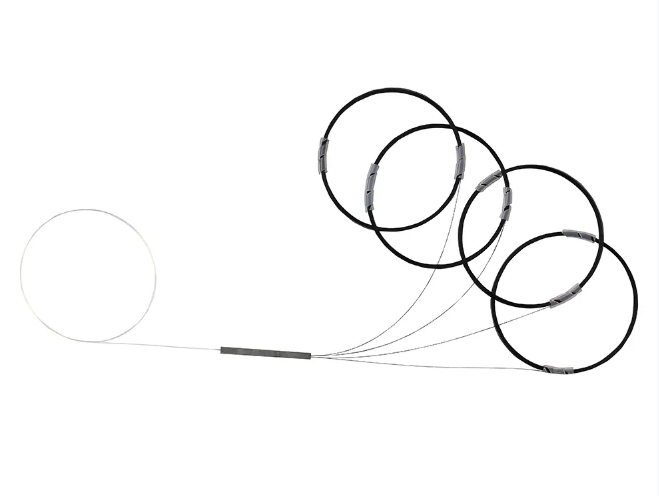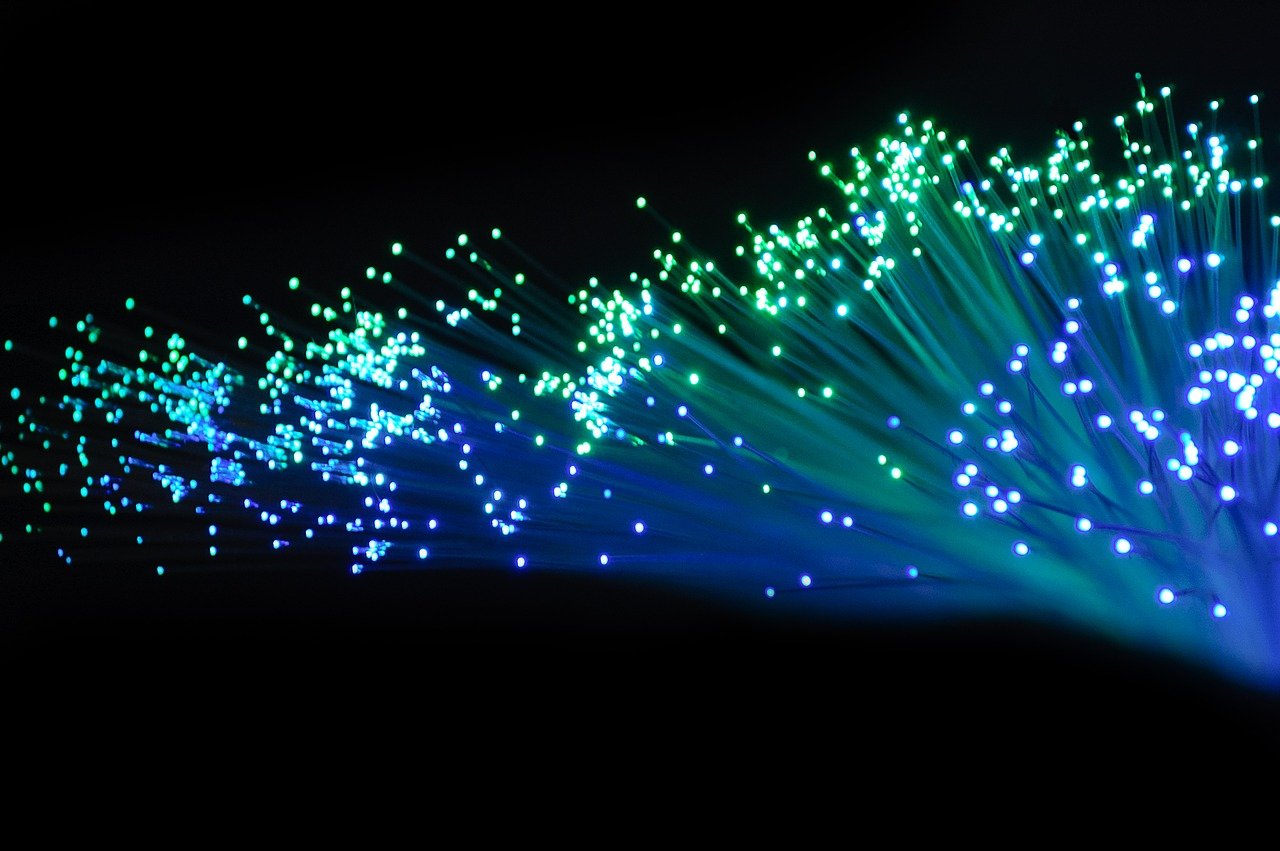The Significance of Fused Splitters in Telecommunication Technology

Understanding Fused Splitters
In optical communication systems, fused splitters are essential components that play a pivotal role in the architecture of fiber optic networks. These devices are responsible for dividing optical signals efficiently, enabling the transmission of data across the network. Unlike other types of optical splitters, fused splitters offer unique advantages in terms of signal distribution and network performance. Their integration into network design is crucial for ensuring seamless and reliable signal transmission, making them indispensable in modern telecommunication technology.
Optical Communication Basics
Fundamentals of Optical Communication
Optical communication systems are the backbone of modern telecommunication technology, facilitating the transmission of data through the use of light signals. These systems leverage optical fibers to carry these signals over long distances with minimal loss or interference. The utilization of light as the medium for data transmission allows for high-speed and high-capacity communication, making it an indispensable technology in today's interconnected world.
Key Components in Optical Communication
Splitters: Splitters are crucial components in optical communication systems, responsible for dividing optical signals to facilitate their distribution across the network. These devices play a pivotal role in ensuring efficient signal transmission and network scalability.
Fused Splitters: Fused splitters stand out from other optical splitters due to their unique ability to efficiently divide and distribute optical signals. Unlike traditional splitters, fused splitters offer enhanced performance and reliability, making them integral to the seamless operation of optical networks.
Passive Optical Network Architecture
Understanding Passive Optical Networks
Passive Optical Networks (PONs) are a critical element of modern telecommunication infrastructure. These networks utilize passive optical splitters to enable the efficient distribution of optical signals to multiple end-users. Unlike traditional networks that rely on active components for signal distribution, PONs leverage passive components, reducing the need for powered equipment and minimizing operational costs.
In a PON architecture, a single optical line terminal (OLT) serves multiple users through optical network units (ONUs) or optical network terminals (ONTs). The OLT transmits data downstream to the ONUs/ONTs, while upstream data from the users is aggregated and sent back to the OLT. This bidirectional communication is facilitated by the passive splitters, including fused splitters, which efficiently divide and route the optical signals as they travel between the OLT and the end-users.
The implementation of fused splitters in PON architecture significantly contributes to its efficiency by ensuring seamless signal distribution without relying on active components at every stage. This results in a cost-effective and scalable network design that can accommodate a large number of users without compromising performance.
Integration of Fused Splitters in Network Architecture
Fused splitters are strategically placed within the PON architecture to optimize signal distribution and minimize signal loss.
Their configuration ensures that each user receives a reliable and consistent signal without interference from other connected users.
The impact of fused splitters on network performance and scalability is profound, as they enable efficient data transmission across the entire network.
Enhancing Signal Transmission
Role of Fused Splitters in Signal Transmission
Fused splitters play a crucial role in enabling efficient signal distribution within telecommunication networks. These devices are designed to seamlessly divide and route optical signals, ensuring that data is transmitted effectively across the network. By efficiently managing the flow of signals, fused splitters contribute to minimizing signal loss and interference, thereby enhancing the overall quality and integrity of the transmitted data.
One key advantage of fused splitters is their ability to maintain the integrity of the optical signals as they travel through the network. This ensures that the data reaches its intended destination with minimal degradation, contributing to reliable and consistent data transmission.
Advantages of Fused Splitters in Telecommunication
The utilization of fused splitters offers several benefits in telecommunication technology. Firstly, these devices contribute to the reliability and stability of fiber optic networks by ensuring efficient signal distribution without compromising on performance. Additionally, fused splitters enable cost-effective network designs that can accommodate a large volume of users while maintaining high-quality data transmission capabilities.
Significance of Fused Splitters
Fused splitters are pivotal in modern telecommunication technology, significantly impacting signal transmission and network architecture. These essential components efficiently divide optical signals, ensuring seamless data distribution across fiber optic networks. By integrating fused splitters strategically, the network's scalability and performance are optimized, leading to cost-effective and reliable signal transmission. Their unique ability to manage optical signals without compromising quality makes them indispensable in enhancing the overall efficiency of telecommunication systems.
See Also
Attaining Optimal Performance and Affordable Fiber Optic Connectivity
Comprehending FTTR Concealed Fiber Cable: A Revolutionary Answer
The Function of Fiber Optic Cables in Belowground Setups
Advantages of ADSS Fiber Optic Cables for Aerial Transmission Lines
Investigating the Advantages of IP67 Water-Resistant FTTX Solutions


